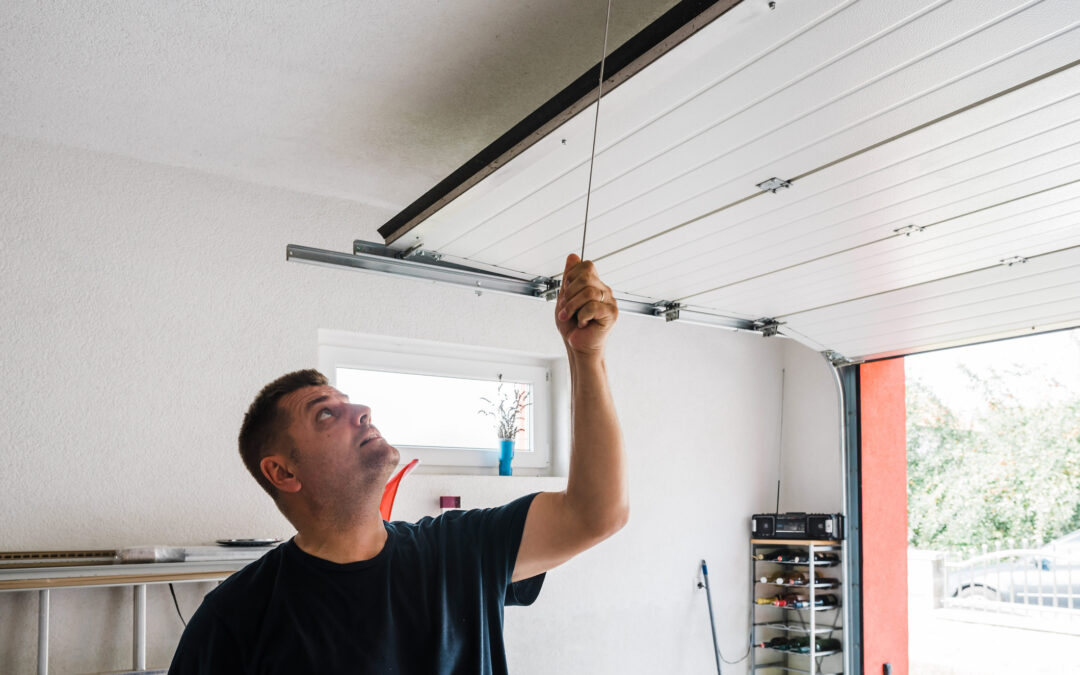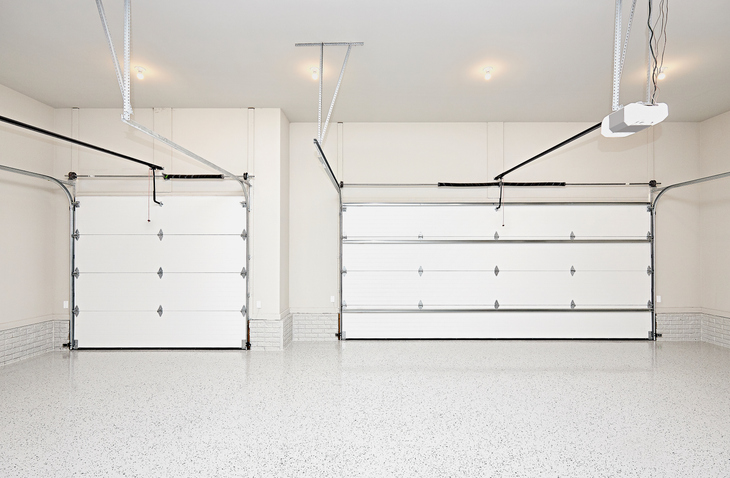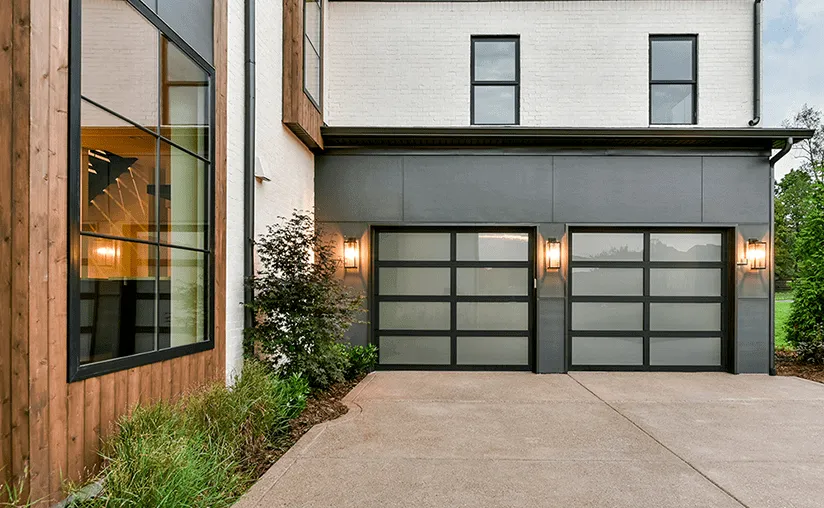Garage doors are integral parts of modern homes. They provide security and convenience. However, understanding the components behind their smooth operation can be puzzling. One such component is the RPM sensor. This article aims to demystify the RPM sensor and explain its importance in garage door openers.
In the next sections, we will delve into what an RPM sensor is, how it functions, and why it’s vital for your garage door opener.

What is an RPM Sensor?
Definition and Purpose
The RPM sensor, or Revolutions Per Minute sensor, is an electronic device that measures the rotational speed of the garage door opener motor. This speed is crucial for the controlled movement of the garage door.
Types of RPM Sensors
There are various types of RPM sensors. These variations depend on their design and method of operation. Commonly, magnetic and hall-effect sensors are used in garage door openers.
How Does an RPM Sensor Work?
Basic Working Principle
The RPM sensor operates by detecting the rotations of the motor shaft. Each rotation generates an electrical signal which the sensor transmits to the garage door openers control board. This information is utilized to regulate the door’s movement.
Electrical Signals and Control Board
The control board deciphers the signals from the RPM sensor. It adjusts the garage doors speed to ensure smooth and safe operation. Sudden jerks or irregular speeds can be signs of sensor malfunction.
Importance of the RPM Sensor in a Garage Door Opener
Ensuring Safe Operation
The RPM sensor is critical for safe garage door operation. It prevents sudden movements that could cause injuries or damage. For more on maintaining garage door safety, check out this article on preventing garage fires.
Prolonging Motor Lifespan
By regulating the motor’s speed, the RPM sensor helps extend the motors lifespan. Continuous smooth operation reduces wear and tear.
Common Issues with RPM Sensors
Signs of a Faulty RPM Sensor
A malfunctioning RPM sensor can cause erratic garage door movements. The door might not open or close properly. Inconsistent speeds can indicate sensor issues. For help troubleshooting, refer to common problems and fixes.
Maintenance Tips
Regular maintenance can prevent RPM sensor failures. Keep the sensor clean and check for loose wires. Its also advisable to have a professional inspect it periodically. Visit this page on regular maintenance for more insights.
How to Replace an RPM Sensor
When to Replace
If you notice persistent issues with your garage doors movement, it might be time to replace the RPM sensor. Delayed replacements can lead to more significant problems.
DIY Replacement Steps
Replacing the RPM sensor involves disconnecting the power, removing the old sensor, and installing a new one. Follow the manufacturer’s instructions carefully. If unsure, professional assistance is recommended.
FAQ
1. How often should the RPM sensor be checked?
Its best to inspect the RPM sensor during regular garage door maintenance, typically once or twice a year.
2. Can I replace the RPM sensor myself?
Yes, but ensure you  follow safety protocols and the manufacturers instructions. If in doubt, seek professional help.
follow safety protocols and the manufacturers instructions. If in doubt, seek professional help.
3. What are the consequences of a faulty RPM sensor?
A faulty RPM sensor can lead to erratic garage door movements, which can be dangerous and cause further mechanical issues.
Conclusion
The RPM sensor plays a vital role in the smooth and safe operation of garage door openers. Regular maintenance and timely replacement can ensure the longevity of your garage door system. For more detailed information on garage door issues and solutions, you can visit this helpful page.
Understanding your garage doors components, like the RPM sensor, empowers you to keep your home safe and functional. Stay informed and proactive in your home maintenance efforts!










